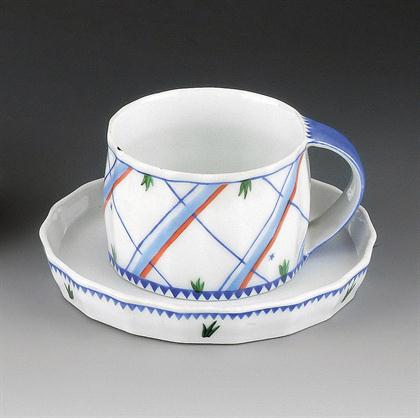 One Coffee Cup with Saucer
Design around 1910 (shape) and 1919 (decor)
One Coffee Cup with Saucer
Design around 1910 (shape) and 1919 (decor)
Josef Hoffmann
1870 Pirnitz, Moravia 1870 - 1956 1956 ViennaJosef Hoffmann was born in Pirnitz in Moravia in 1870. He began studying architecture in 1892 at the Academy of Fine Arts in Vienna under Carl von Hasenauer and then Otto Wagner in 1894. He received the Rome Prize for his diploma work and embarked upon a study tour of Italy together with Joseph Maria Olbrich. Hoffmann was one of the leading figures in the Viennese art scene at the turn of the 20th century. In 1895 Hoffmann’s circle of friends – which included Koloman Moser, Joseph Maria Olbrich and Max Kurzweil – became the “Club of Seven”, an avant-garde forum for experimentation and development of new artistic ideas. Hoffmann was also one of the founding members of the Viennese Secession in 1897. At the age of 29 he assumed a post as a lecturer at the School for Applied Arts in Vienna. Up until his retirement in 1936, he lectured in the departments of architecture, metalwork, enamelling and applied arts. He founded the Wiener Werkstätte together with Koloman Moser and Fritz Waerndorfer in 1903. Hoffmann applied his concept of the Gesamtkunstwerk (“total art work”) to his designs for all branches of applied arts and was active as both an architect and a designer throughout his life. His œuvre includes numerous examples of furniture design and building projects such as the Purkersdorf Sanatorium near Vienna and the Palais Stoclet in Brussels, whose interiors were decorated and furnished throughout by the Wiener Werkstätte. Hoffmann was also able to achieve considerable international acclaim with his designs for furniture, glassware, vases, jewelry and his exhibition concepts. He is renowned for his rather austere, clear and geometrical designs.
-
One Coffee Cup with Saucer Design around 1910 (shape) and 1919 (decor)
Four-Piece Coffee Set design 1918
Bottle Stopper design around 1904
Bottle Stopper Design around 1904
Cupboard from the apartment of Magda Mautner-Markhof around 1903
Writing Desk and Armchair 1905/06 (desk), 1902 (chair)
Small Cheval Mirror around 1940
Basket with Handle design around 1924
Ashtray design around 1920
Two Goblets design 1911
Beer Glass with Floral Décor 1918-19
Vase design around 1914, manufactured around 1925
Vase design 1915-19, manufactured before 1922
-
Bread Basket 1911
Brooch 1912
Four-Piece Smoking Set around 1922
Crayfish fork and dessert knife "Round Model" design around 1906
10-part Cutlery "Rundes Modell" design around 1906
Vase 1922
Cigarette Box around 1921
Medallion with Malachite and Original Chain around 1918
Four Pairs of Door Handles design around 1905
Centrepiece design 1924/25, manufactured 1925-31
Sitting Room Suite with Table design around 1905
Flower Basket design before 1910
-
Armchair design around 1901
Brooch with Flower Décor design before 1909
Table Dustpan design 1916, manufactured from 1922
Two Hanging Lamps around 1910
Centerpiece design 1924/25, manufactured 1925-31
Two Flower Baskets around 1906
Kitchen Sideboard 1905/06
Basket with Handle 1925
Box 1909
Pair of Vases and Lidded Box manufactured 1923/24
Goblet design 1910, manufactured 1913
Bottle Stopper design around 1920
-
Rare Vase design 1921
Leather Items 1910-28
Pair of Vases manufactured 1923/24
Lidded Box manufactured 1923/24
Box around 1910
Jardiniere design 1909
Vase 1912
Cabinet 1905/06
Unique Samovar Design before 1906 for Magda Mautner Markhof
Pair of Eight-armed Candelabras design before 1924
Unique Liqueur Service 1908
Large Teapot around 1908

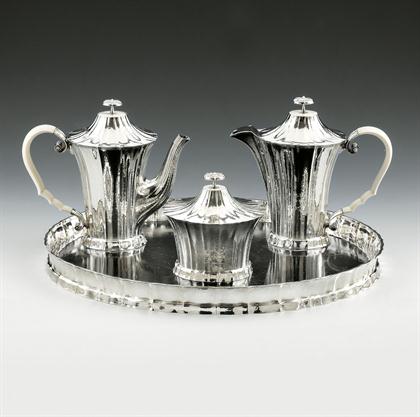 Four-Piece Coffee Set
design 1918
Four-Piece Coffee Set
design 1918
 Bottle Stopper
design around 1904
Bottle Stopper
design around 1904
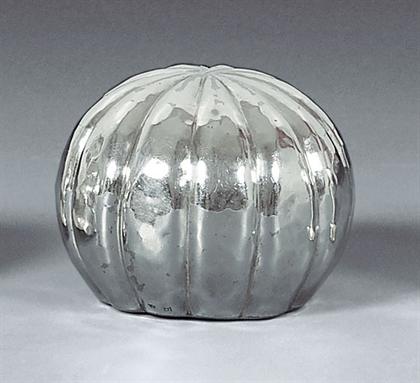 Bottle Stopper
Design around 1904
Bottle Stopper
Design around 1904
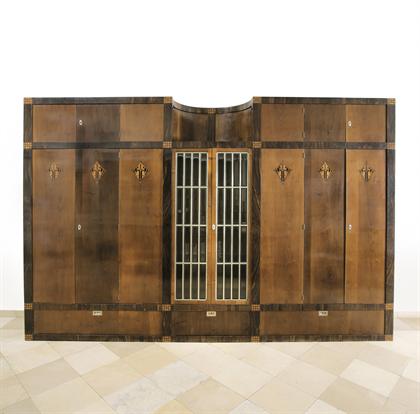 Cupboard from the apartment of Magda Mautner-Markhof
around 1903
Cupboard from the apartment of Magda Mautner-Markhof
around 1903
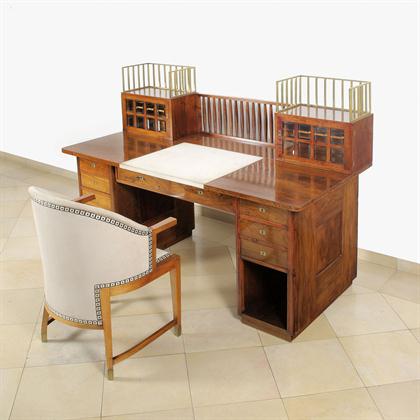 Writing Desk and Armchair
1905/06 (desk), 1902 (chair)
Writing Desk and Armchair
1905/06 (desk), 1902 (chair)
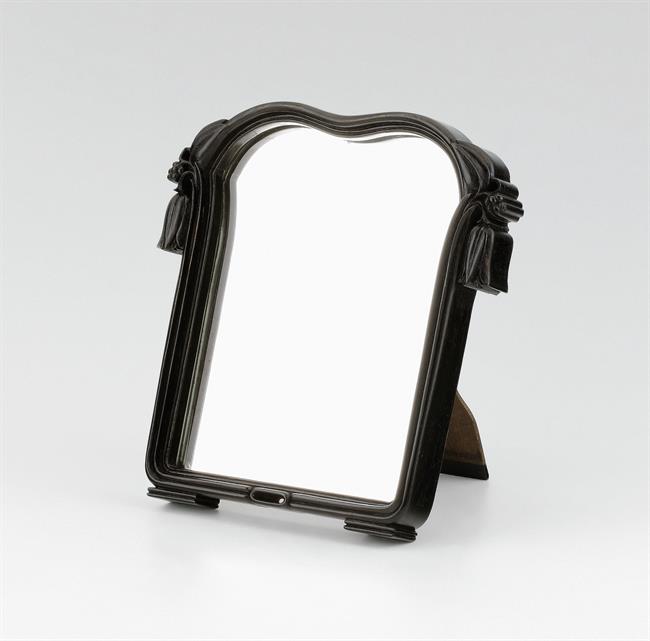 Small Cheval Mirror
around 1940
Small Cheval Mirror
around 1940
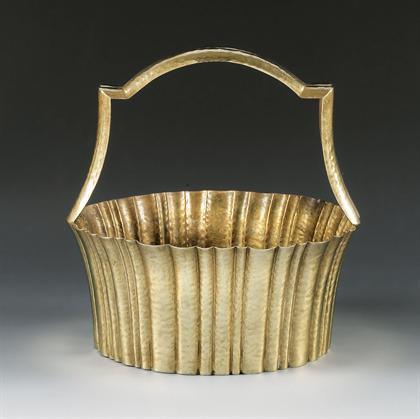 Basket with Handle
design around 1924
Basket with Handle
design around 1924
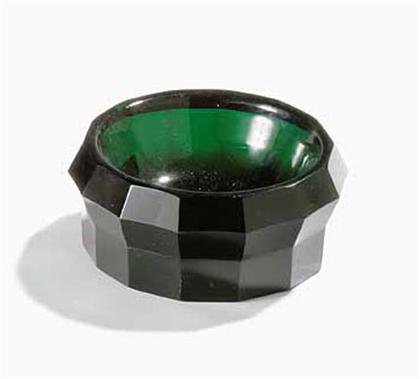 Ashtray
design around 1920
Ashtray
design around 1920
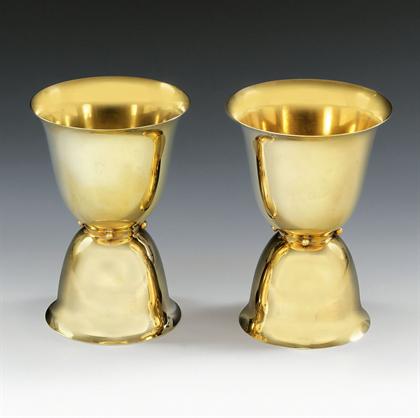 Two Goblets
design 1911
Two Goblets
design 1911
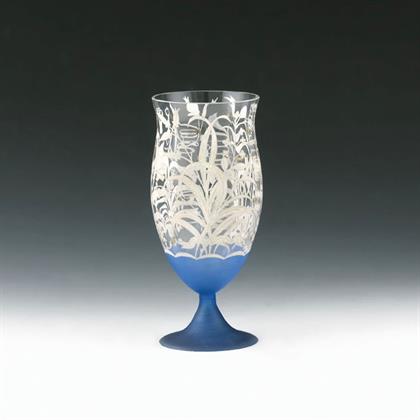 Beer Glass with Floral Décor
1918-19
Beer Glass with Floral Décor
1918-19
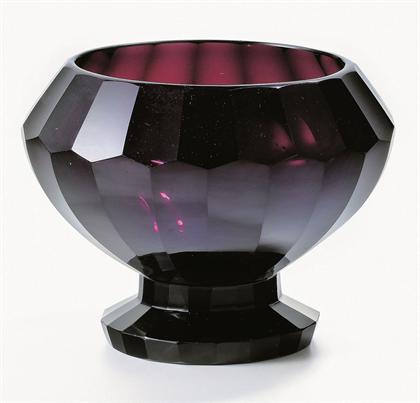 Vase
design around 1914, manufactured around 1925
Vase
design around 1914, manufactured around 1925
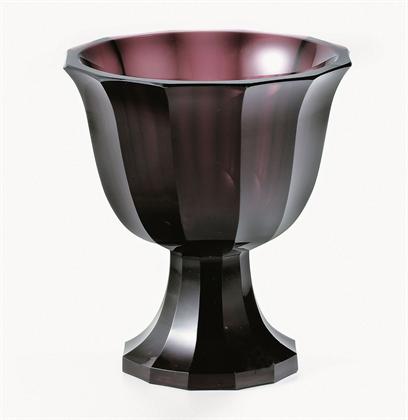 Vase
design 1915-19, manufactured before 1922
Vase
design 1915-19, manufactured before 1922
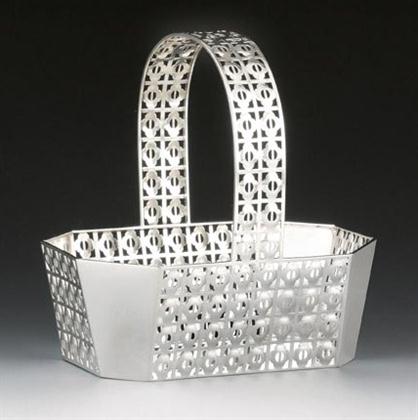 Bread Basket
1911
Bread Basket
1911
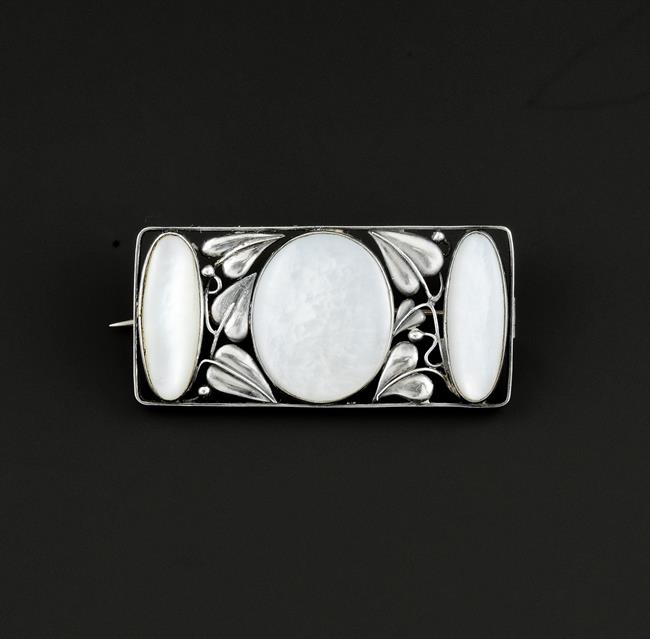 Brooch
1912
Brooch
1912
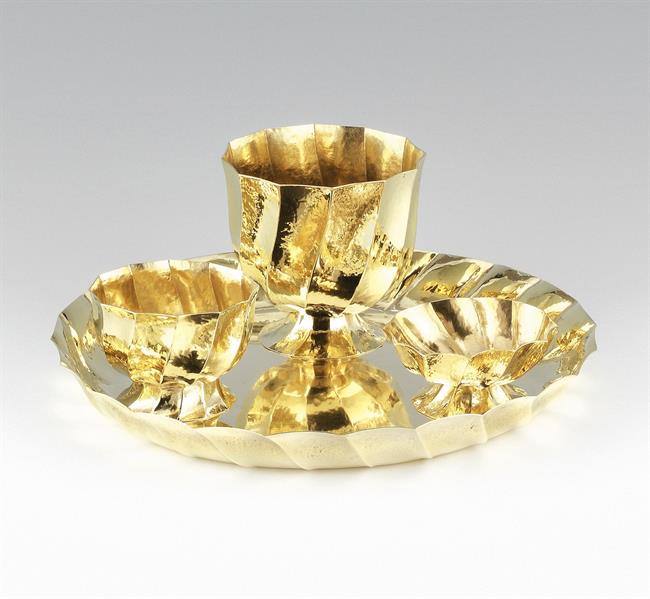 Four-Piece Smoking Set
around 1922
Four-Piece Smoking Set
around 1922
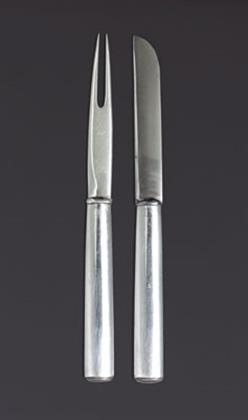 Crayfish fork and dessert knife "Round Model"
design around 1906
Crayfish fork and dessert knife "Round Model"
design around 1906
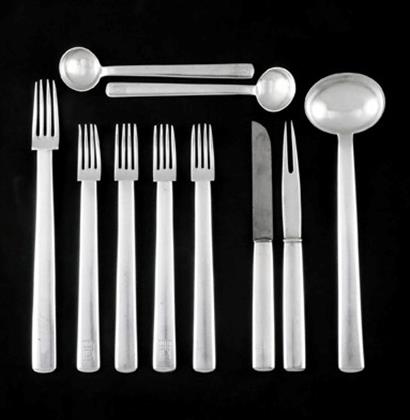 10-part Cutlery "Rundes Modell"
design around 1906
10-part Cutlery "Rundes Modell"
design around 1906
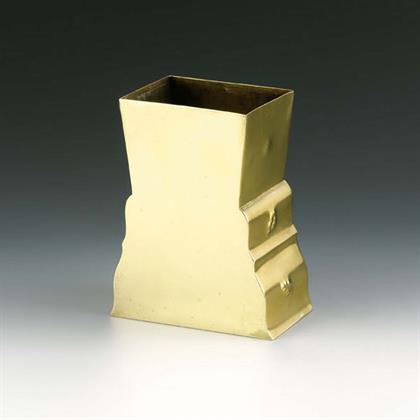 Vase
1922
Vase
1922
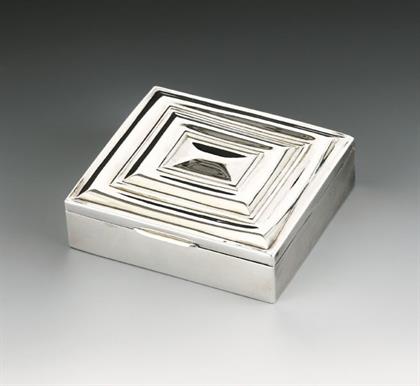 Cigarette Box
around 1921
Cigarette Box
around 1921
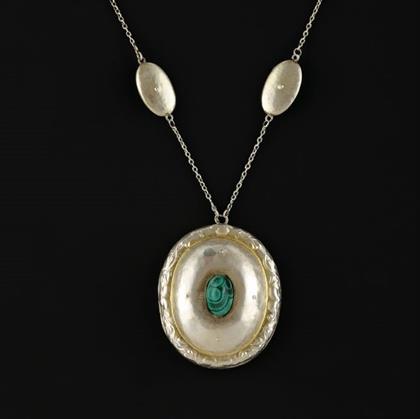 Medallion with Malachite and Original Chain
around 1918
Medallion with Malachite and Original Chain
around 1918
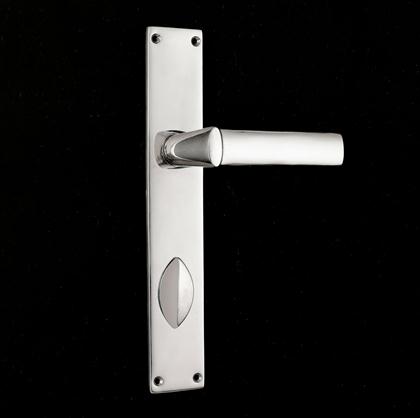 Four Pairs of Door Handles
design around 1905
Four Pairs of Door Handles
design around 1905
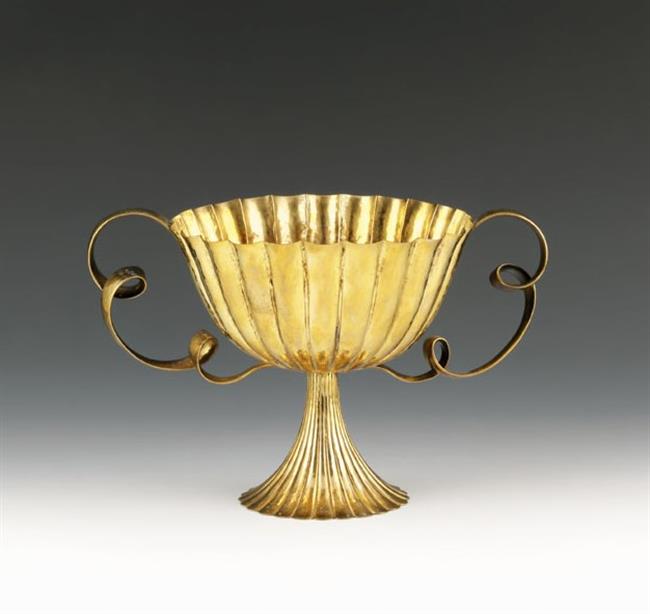 Centrepiece
design 1924/25, manufactured 1925-31
Centrepiece
design 1924/25, manufactured 1925-31
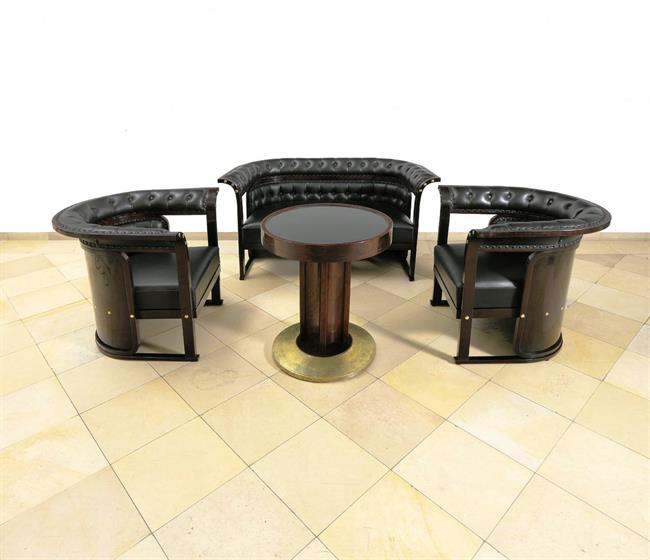 Sitting Room Suite with Table
design around 1905
Sitting Room Suite with Table
design around 1905
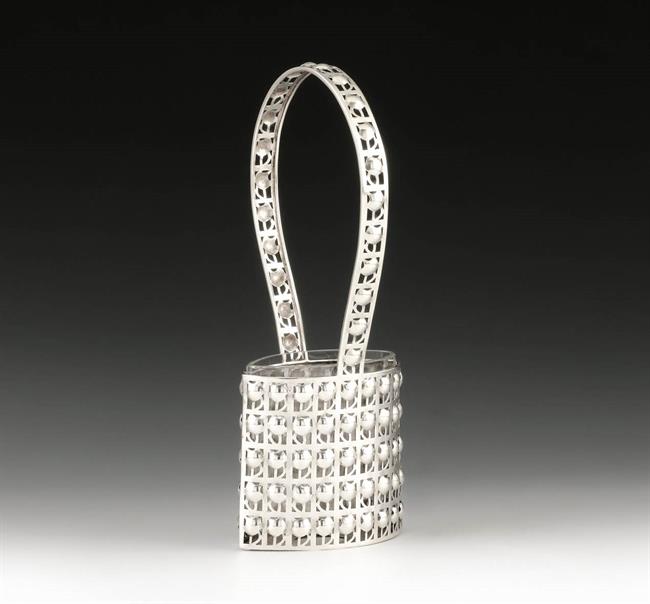 Flower Basket
design before 1910
Flower Basket
design before 1910
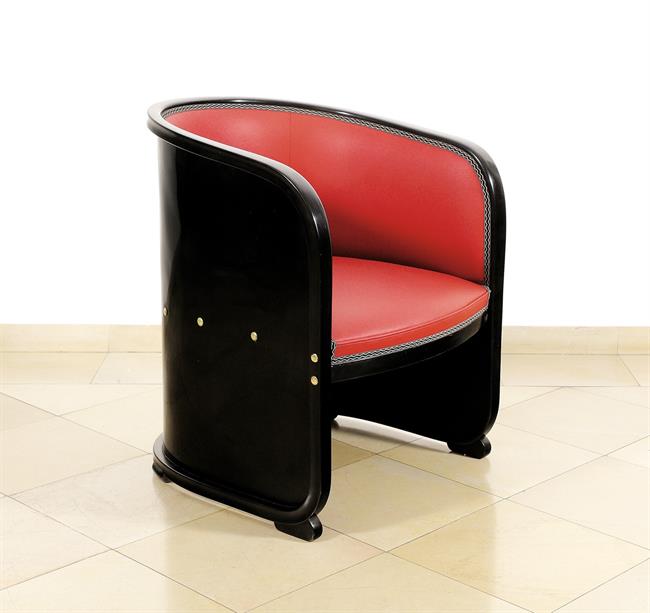 Armchair
design around 1901
Armchair
design around 1901
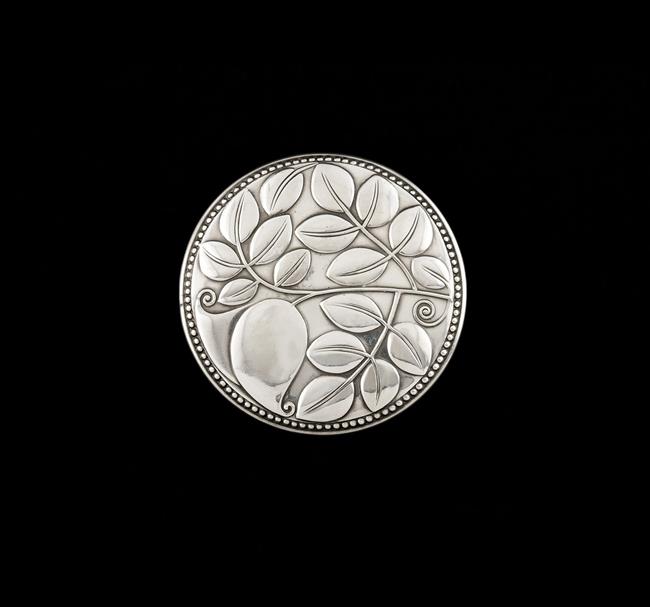 Brooch with Flower Décor
design before 1909
Brooch with Flower Décor
design before 1909
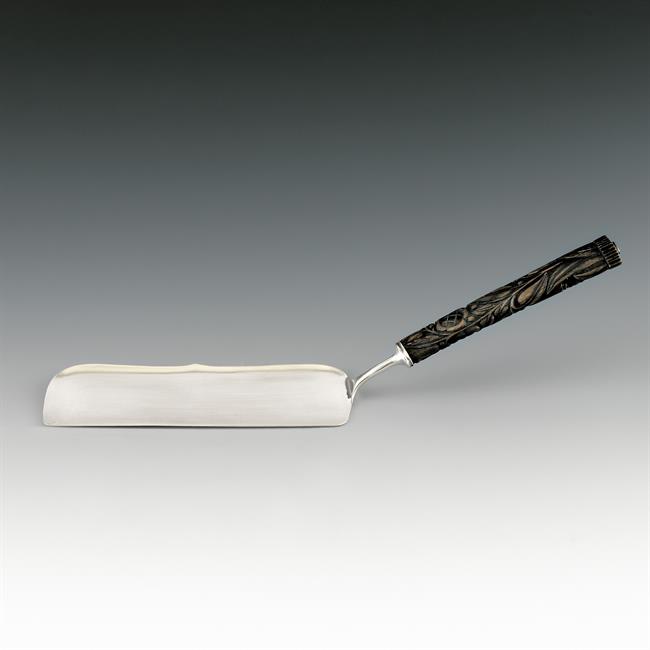 Table Dustpan
design 1916, manufactured from 1922
Table Dustpan
design 1916, manufactured from 1922
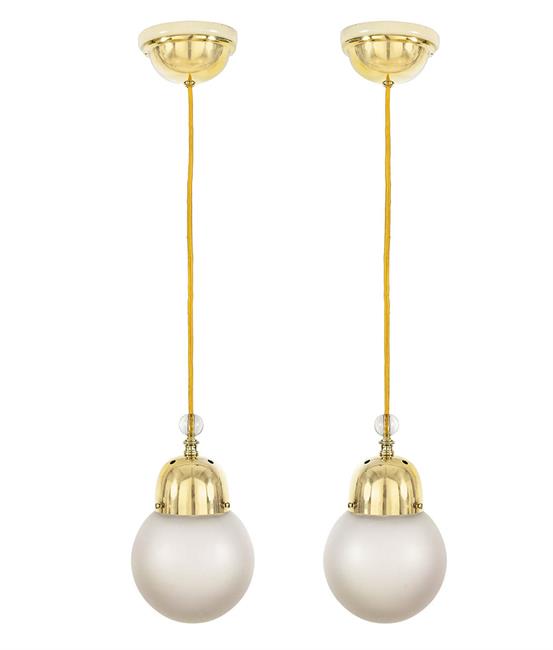 Two Hanging Lamps
around 1910
Two Hanging Lamps
around 1910
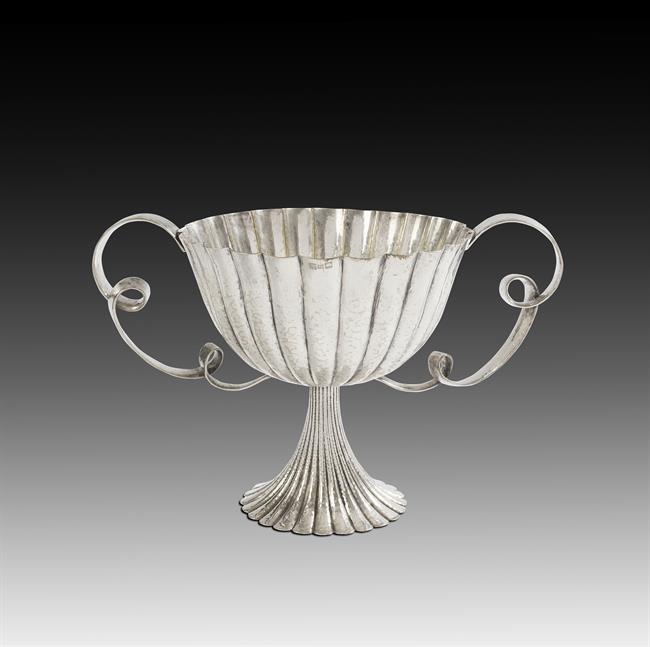 Centerpiece
design 1924/25, manufactured 1925-31
Centerpiece
design 1924/25, manufactured 1925-31
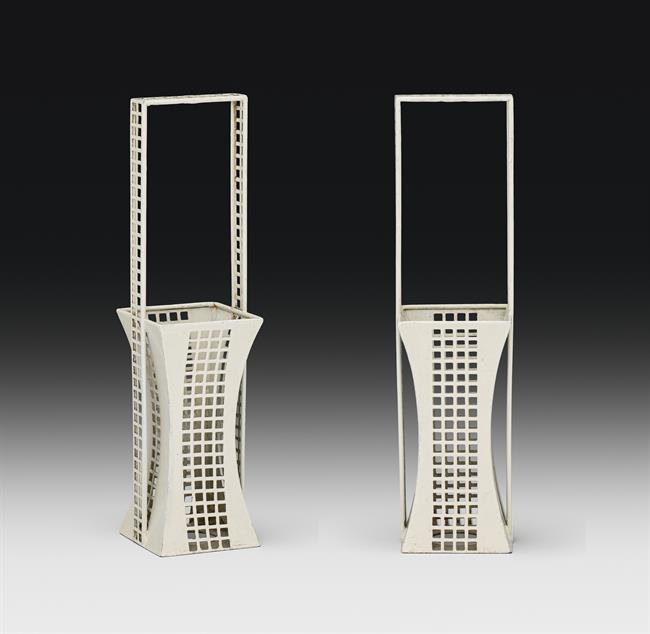 Two Flower Baskets
around 1906
Two Flower Baskets
around 1906
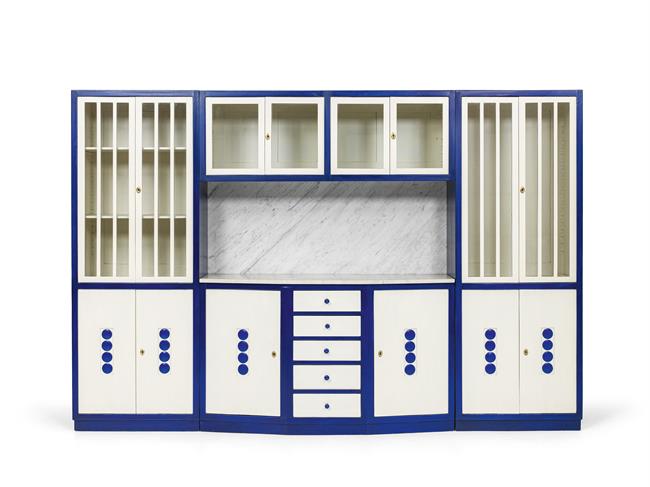 Kitchen Sideboard
1905/06
Kitchen Sideboard
1905/06
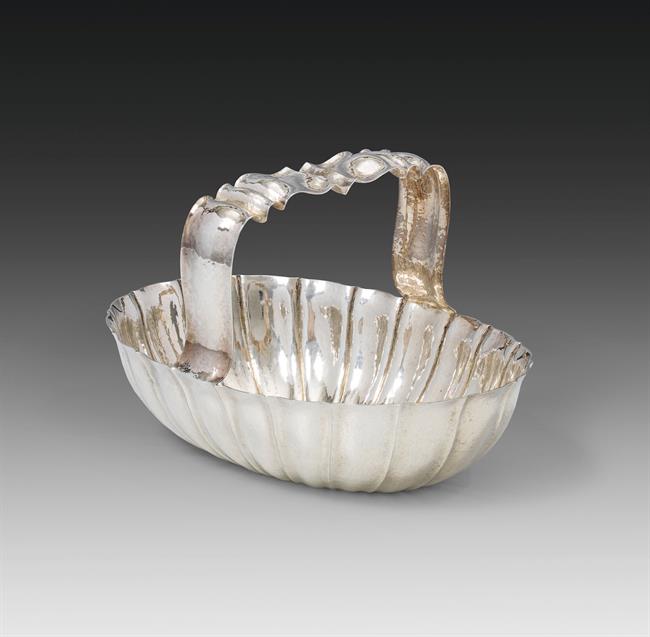 Basket with Handle
1925
Basket with Handle
1925
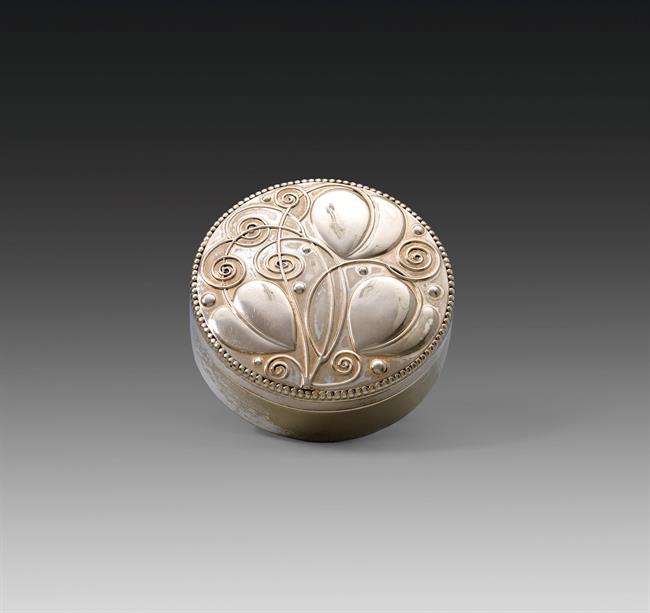 Box
1909
Box
1909
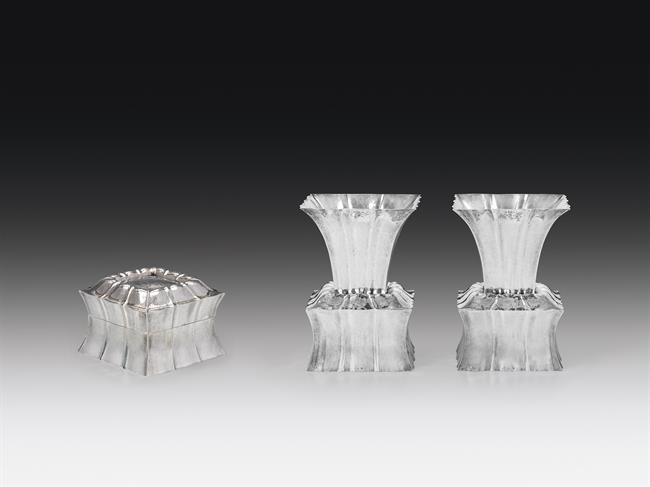 Pair of Vases and Lidded Box
manufactured 1923/24
Pair of Vases and Lidded Box
manufactured 1923/24
 Goblet
design 1910, manufactured 1913
Goblet
design 1910, manufactured 1913
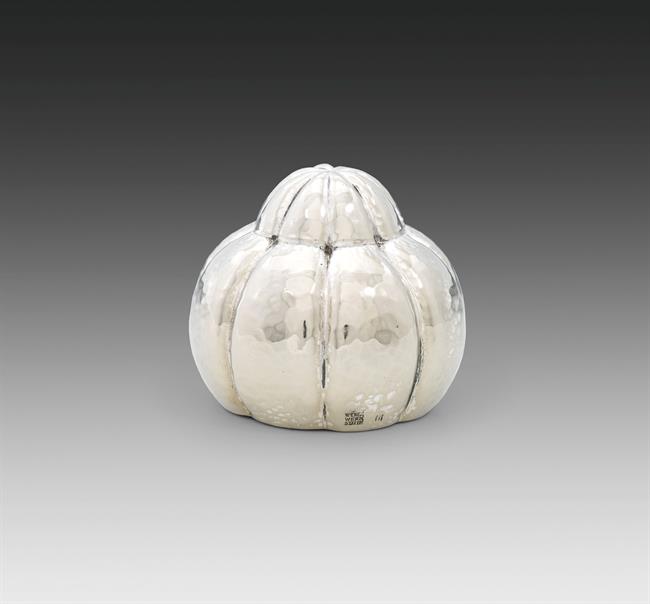 Bottle Stopper
design around 1920
Bottle Stopper
design around 1920
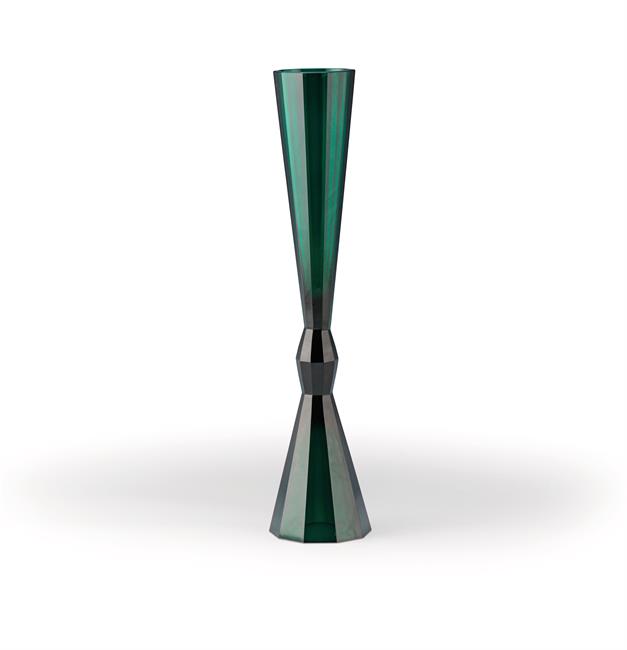 Rare Vase
design 1921
Rare Vase
design 1921
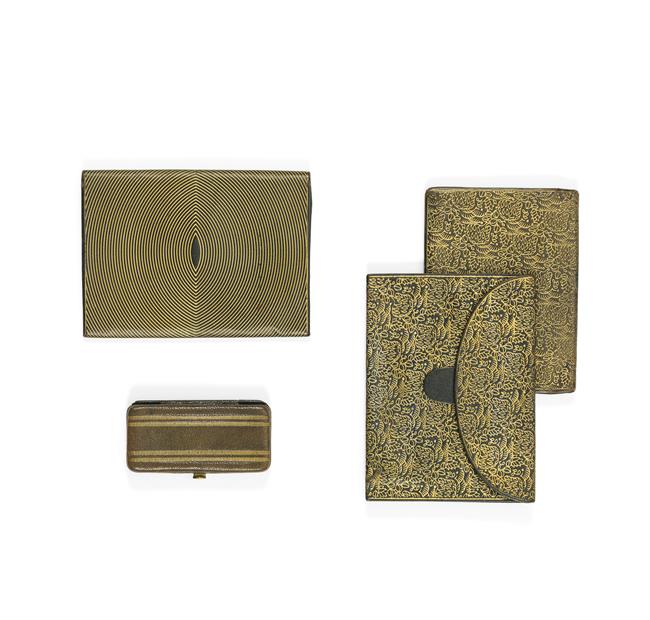 Leather Items
1910-28
Leather Items
1910-28
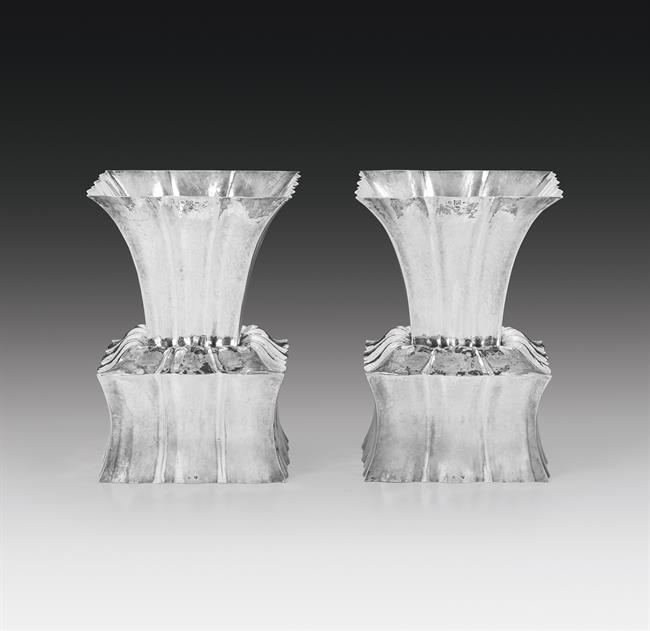 Pair of Vases
manufactured 1923/24
Pair of Vases
manufactured 1923/24
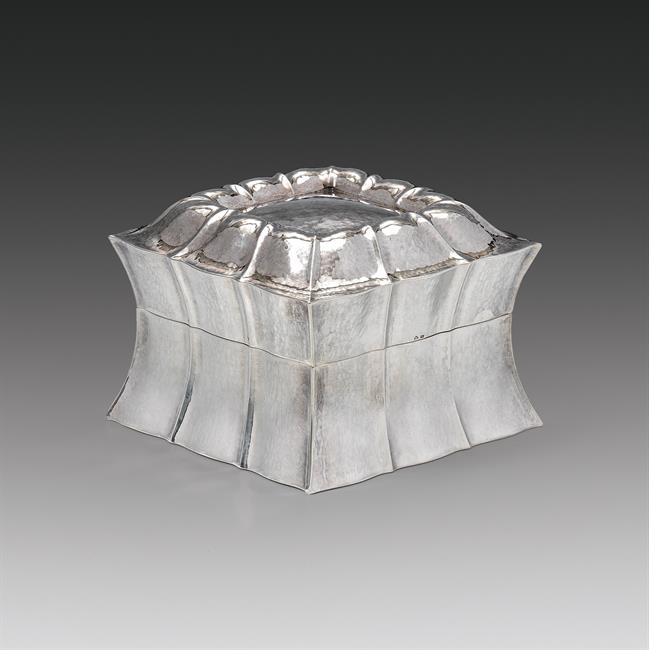 Lidded Box
manufactured 1923/24
Lidded Box
manufactured 1923/24
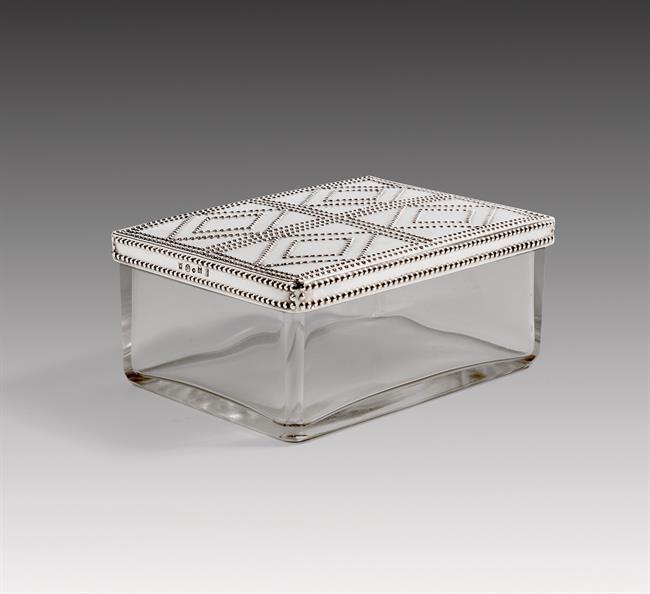 Box
around 1910
Box
around 1910
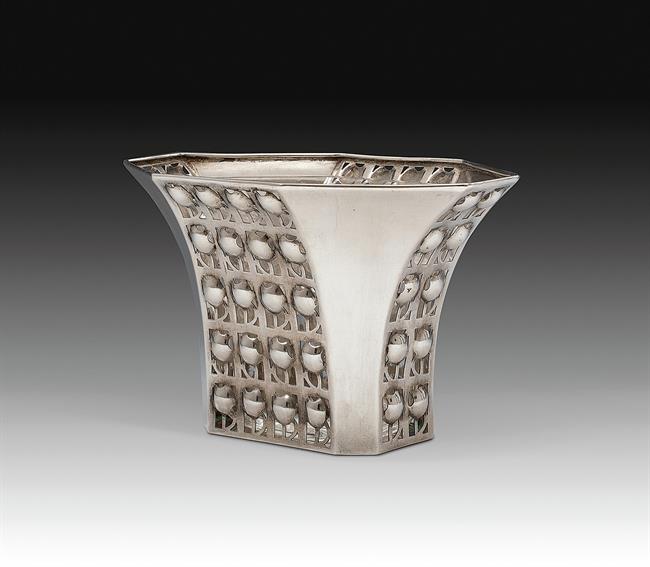 Jardiniere
design 1909
Jardiniere
design 1909
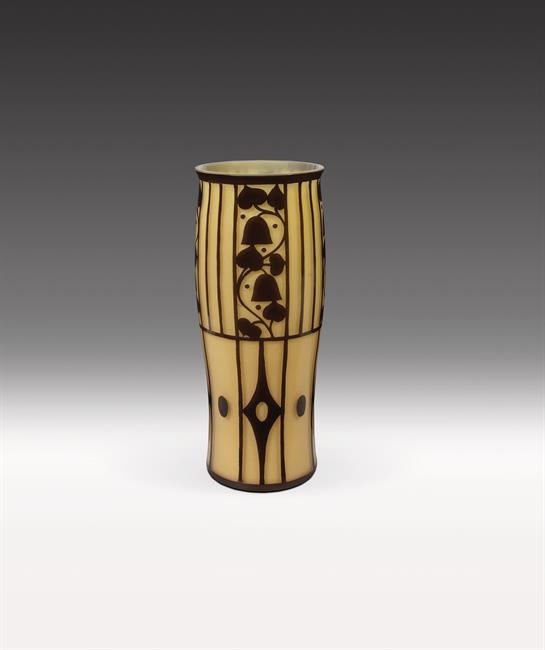 Vase
1912
Vase
1912
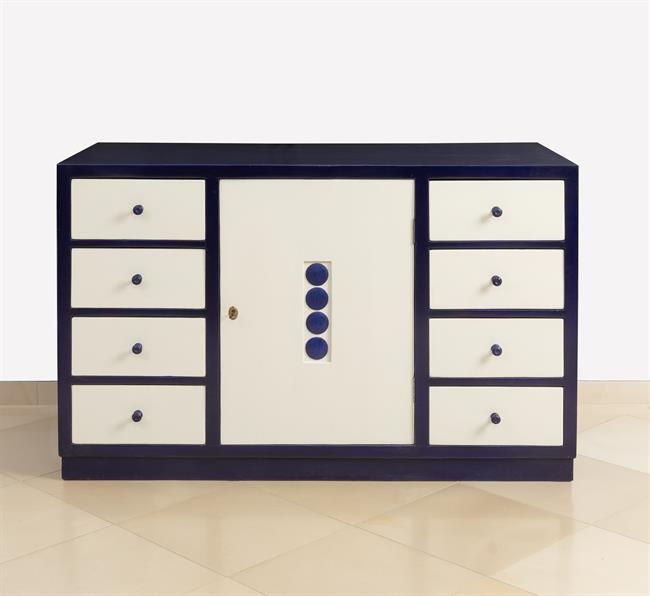 Cabinet
1905/06
Cabinet
1905/06
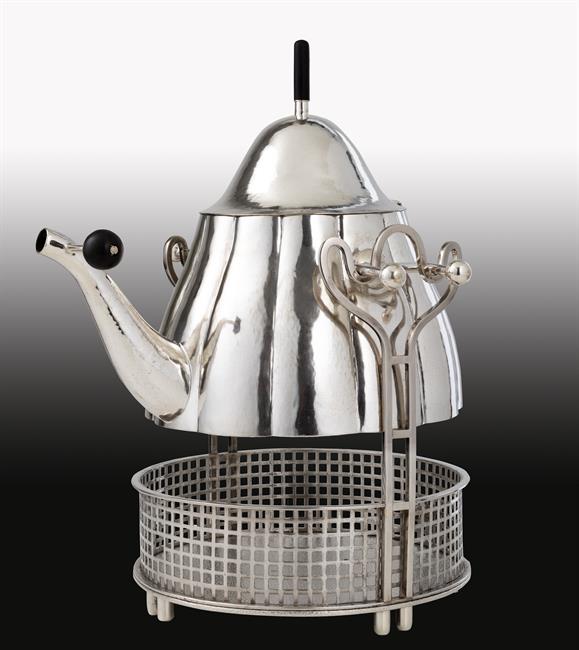 Unique Samovar
Design before 1906 for Magda Mautner Markhof
Unique Samovar
Design before 1906 for Magda Mautner Markhof
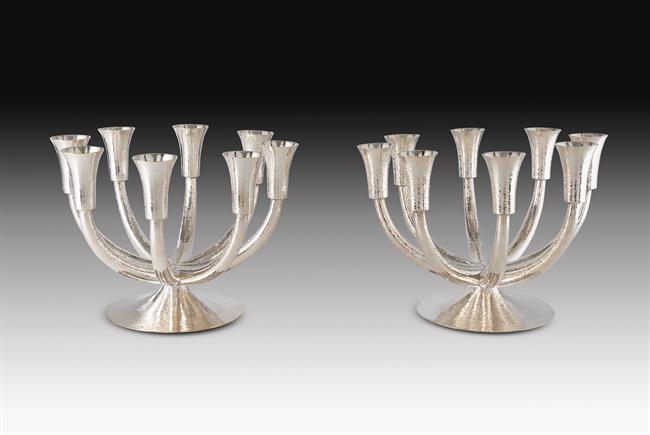 Pair of Eight-armed Candelabras
design before 1924
Pair of Eight-armed Candelabras
design before 1924
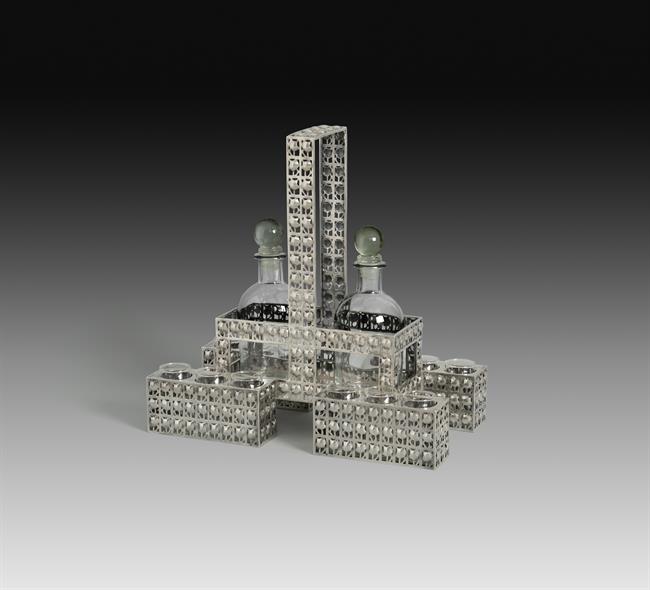 Unique Liqueur Service
1908
Unique Liqueur Service
1908
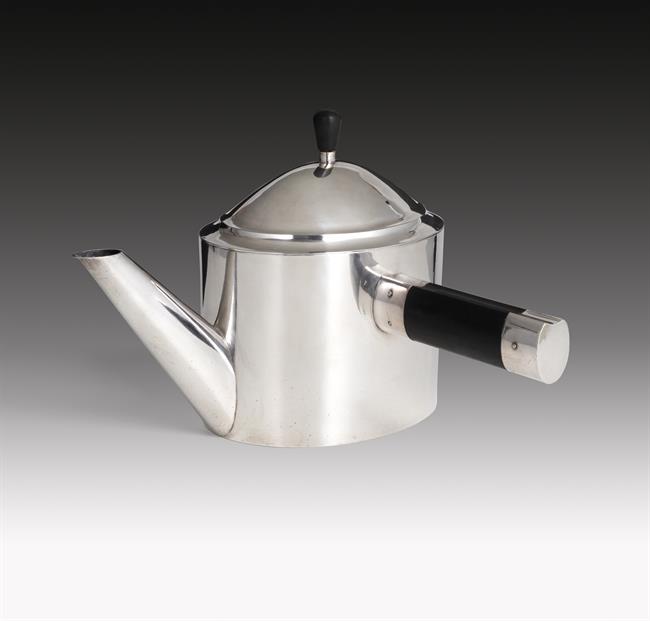 Large Teapot
around 1908
Large Teapot
around 1908